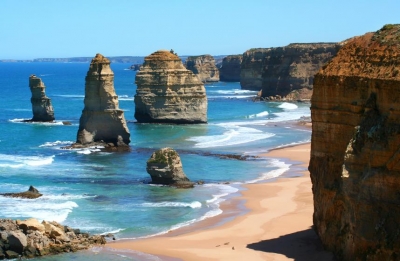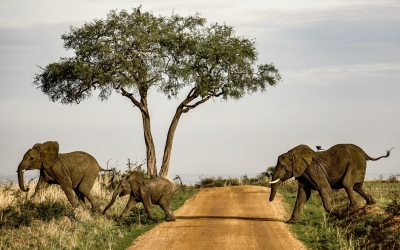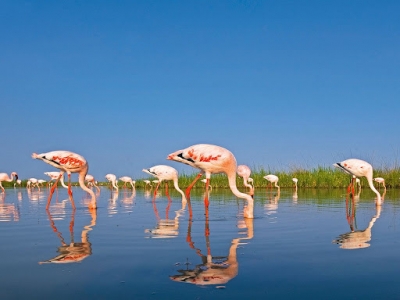
Just a few months ago, the Albanian government declared the river Vjosa and its tributaries a national park. With that it became Europe’s first wild river national park, and it was called a “historic moment. Why so? Come, let’s find out.
Claimed to be “one of the last wild rivers in Europe”, Vjosa runs 270 km from Greece to Albania, and then joins the Adriatic Sea. It is said that the river became part of this significant move after nearly a decade-long campaign by environmental NGOS in the region, now placing the country “at the forefront of river protection”. Unlike many rivers in central Europe, Vjosa flows freely and is wild, in that, it is largely untouched by infrastructure projects. This makes it similar to a natural wildlife habitat on land, without any human interference. By becoming a national park, it can be compared to protected wildlife areas on land. The national park covers over 32,000 acres, including the 190-km-long Albanian part of the river, where more than 60,000 people live.
But why it truly needs to be protected is because of this – “The river and its surrounding areas are ecosystems of substantial biodiversity and home to over 1,100 species of animals. Two of the plant species and 13 of the animal species are assessed as globally threatened by the International Union for Conservation of Nature” (IUCN). Not just that. As a national park, the focus will be on concerns such as “water and land pollution, waste management”, etc. Further, it “will create economic opportunities for local communities through responsible tourism”.
It is noteworthy that the Albanian government ended plans to have eight hydropower stations on the river and its tributaries, which could “have caused serious damage to the river’.
Meanwhile, a half-built hydropower station on the river and a new, multimillion-euro international airport being built where Vjosa flows into the Adriatic are concerns, especially since the latter could cause “irreparable damage to the fragile ecosystems of protected lagoons that host flamingos, pelicans and millions of other migratory birds”.
While there are marine reserves globally and rivers flowing within national parks, instances of a wild river itself as a national park are not as common. As countries globally battle climate change and many other challenges, Albania’s move is perhaps a crucial necessity worthy of emulation.
Picture Credit : Google





